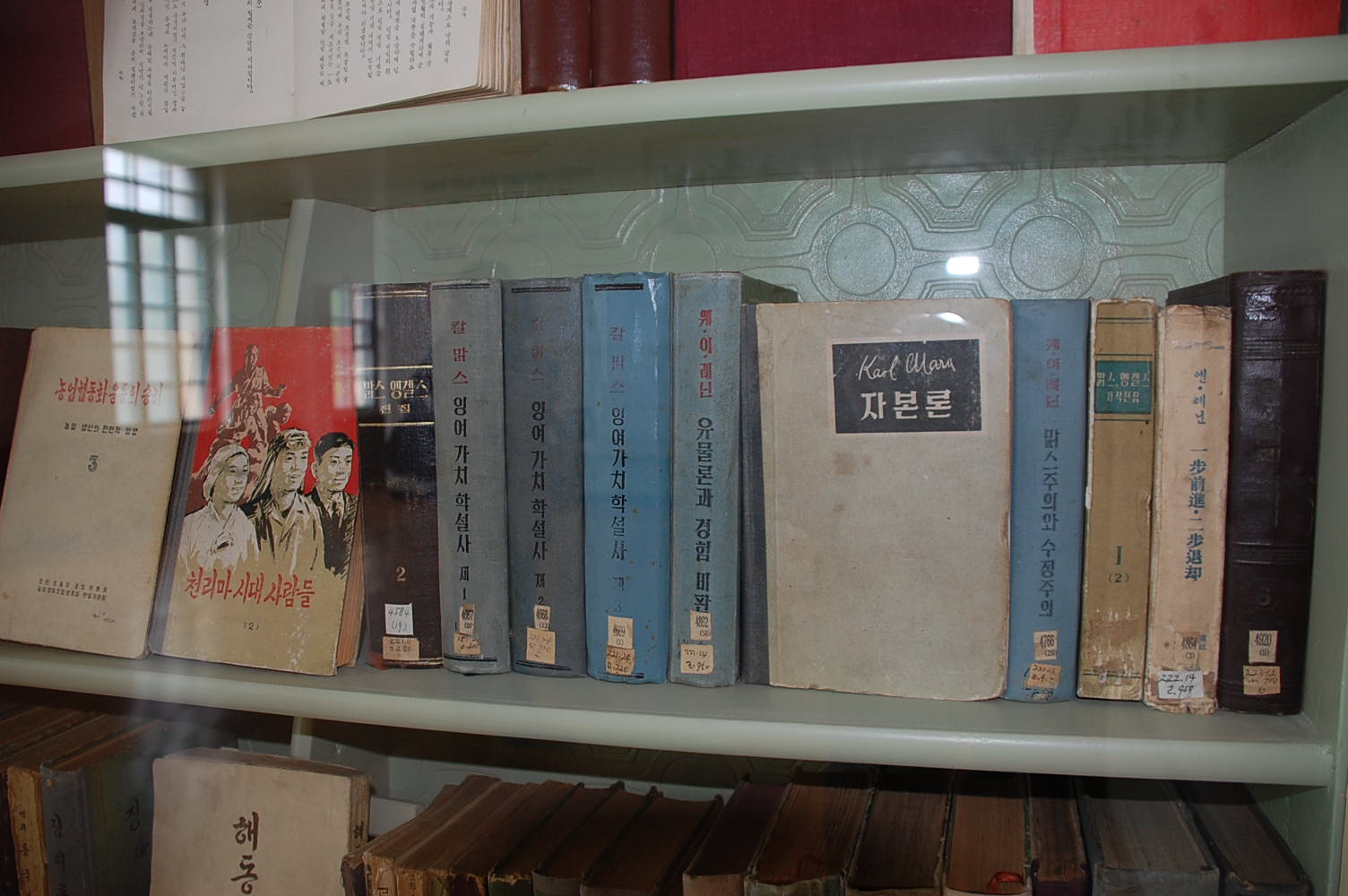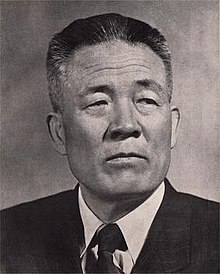While early art
mainly consisted of stone carvings and rock drawings, the Goryeo Dynasty saw
quite the change in Korean art. There were many advancements during this time
(918–1382) in not only the quality but in the expanse of the types of arts.
Pottery was an
especially important art. The earliest forms of pottery were flat-bottomed
pots, and the style changed many times over the centuries and depending on the
purpose of the pot. Some forms were elaborately decorated while others remained
plain. They were mostly famous for their use of celadon pottery. Celadon is a
type of blue-green glazing technique that originated in China but developed by
the Koreans. (There’s actually a trucking company based here in Indianapolis
called Celadon Trucking that’s named after this type of pottery. I see their
trucks all the time. Now I know what celadon means.)
Other types of art
that are common from this early period are painting and calligraphy. Many times in
tandem, calligraphy is steeped in Confucian traditions. They also have a
variety of fabric arts (like embroidery and creating costumes and screens)
along with paper art. My sister learned paper art when she was in Japan.
 |
| This painting on Kim Il-sung looks vaguely like the one of Jesus surrounded by children. |
After North Korea
separated, only paintings supporting the socialist/fascist regime were allowed.
The majority of the paintings were in the form of propaganda posters and maybe
some landscapes or animals. Kim Jong-il lightened up on some of these measures after
he took over for Kim Il-sung. Other forms of painting were slowly introduced
such as impressionism. However, the government is still pretty strict about the
subject material of artists, and artists in general are often critiqued for any
signs of dissent. Some artists, like the Fwhang sisters, were able to escape
out of North Korea during the 1950s and continue their art.
The vast majority
of literature is written in Korean. Writers are highly lauded, even though
today, no writer is published in North Korea unless they are part of the
Writers’ Alliance. This is like a state-run/state-backed organization that vets
their writers to make sure they’re in line with the government’s views on
practically everything. Historically, writers have often been considered
dangerous because of their pesky habit of going against the grain. But the
government figured out that if you keep your friends close and your enemies
closer, you can manage. Right?
One of their early
influences came from Russian literature. While many people around the world
were enamored with the stories of Tolstoy, Dostoyevsky (my favorite!), or Anton
Chekhov, North Koreans leaned toward the works of Maxim Gorky and other works
centered around morality.
As North Korea
rebranded itself as an extension of the Marxist-Leninist form of Russian
communism and took the necessary measures to take it a step further, a few notable
writers emerged from the wings. The works of Cho Ki-chon is often referenced as
the inspiration for the cult of personality that Kim Il-sung grasped onto and
implemented. A cult of personality is when the people have such fervent
feelings for their leader, and any disrespect is not tolerated and/or punished.
It’s often shoved down people’s throats by means of mass media and other
propaganda until the leader is seen as a demigod. Another writer who had quite
a bit of influence in this was Han Sorya. His main push was a Korean ethnic
nationalism. His famous novel, Jackels, stands out for its anti-Americanism.
After Kim Jong-il
took over during the mid-1990s, poetry began to be promoted over the novel.
There were a few reasons for this, but one of them was more economical. During
this time, there was also a food shortage going on along with the beginning of
a shaky economy. Poetry took up less paper, especially short poetry. Longer,
epic poems were only reserved for six lucky poets. There was an effort to translate
a few pieces of current literature into English, and they were all stories that
centered around a few themes: 1) Americans are horrible people and the cause
for everything terrible in the world (I won’t dispute perhaps we’re the cause
of some terrible things, just not all of it), 2) Bad things happen when
you turn your back on the Korean way of life and its great and glorious
leaders. They actually have some literary awards they present, too. And while
things are crazy strict with bringing in literature into the country and taking
out literature, one author who writes from North Korea and goes by the
pseudonym Bandi managed to smuggle out a manuscript to South Korea. The book,
called The Accusation, was just published in English just a couple months ago, and you can find it available on Amazon.
Up next: music and
dance




No comments:
Post a Comment